How to combine this online course with live discussions
The members of the same work group (whether a department, task force, project group, cross-functional team, or process improvement team) will gain extra benefits from taking any of our online courses AS A GROUP. Rather than members of an organization taking our online courses separately and thus independently, learning key principles and practices with your workplace colleagues will not only enhance what every member learns from our online courses, but will also make it much easier to apply what is learned back on the job—where it counts.
Basically, when all group members (1) learn the same language and the same concepts, (2) review the same assessment tools and their personalized results, (3) analyze and discuss the same business cases, and (4) follow the same guidelines for effective behavior—BECAUSE all these principles are fully shared in the group, they are more likely to be put into practice when challenging problems and conflicts appear in the workplace.
On this page, I outline how a work group can take full advantage of all the valuable materials in the Critical Thinking Course. The unnumbered paragraphs describe what members are asked to do on their own, such as watch the course videos, take assessment tools, or complete work sheets in their course manual. Meanwhile, the numbered paragraphs provide the detailed steps for learning the material through face-to-face or virtual group meetings. Depending on the unique circumstances and needs of each group, this process for blended learning can be modified.
THE DETAILED STEPS
On their own, group members watch the first few video sections in this online course: A Brief Review of Problem Management (pages 6 to 14), Two Inquiring Systems (pages 15 to 21), and Introduction to Assumptional Analysis (pages 22 to 49)—all of which are covered in the Course Manual for Critical Thinking.
On their own, group members read the case study, Atwater County Hospital East, on pages 52 to 56 in the manual. The members then watch the video section that provides an overview of the Work Sheets on Using Assumptional Analysis on pages 51 to 66. But members hit the PAUSE BUTTON soon after the video shows a beautiful mountain scene with these instructions: Study the Case…Analyze the Case…. The group then reconvenes for a sixty-minute meeting to discuss these items:
1. As a group, members review the instructions on page 50 (Group Discussion on Using Assumptional Analysis), appoint the Process Observer (who makes use of the PO Form on pages 67 to 70), and then plan how the meeting will be conducted. After the group has had a chance to review its understanding of the case study, the group proceeds to complete the Stakeholder Table on page 58, according to the initial conclusion: “The culture of the hospital will be changed and improved as a result of sending a copy of the executives’ letter to every employees.” The members then complete the Assumptional Table on pages 59 to 61 by writing one or more assumptions for each stakeholder. Next, the group plots its assumptions on the matrix on pages 63 and 64, according to the importance and certainty of each assumption. Focusing on the assumptions that are known to be false, the group revises those assumptions on page 65 and deduces a new conclusion on page 66, thus completing its assumptional analysis of the case study.
2. Toward the end of the group discussion, in five to ten minutes, the PO shares his or her assessment of how well the ten principles of group process were applied during the meeting (including what improved, stayed the same, or became worse since the last meeting). The group as a whole then discusses how it will improve its group process the next time it meets—whether for this online course or for a workplace meeting back on the job.
On their own, group members return to the video and hit the PLAY BUTTON, which was previously paused on that beautiful mountain scene. Now I present my analysis of the assumptions surrounding the case study, which will have the most value AFTER the group has already completed and discussed the Work Sheets on Using Assumptional Analysis.
3. As a group, members compare their discussions and tables with my analysis of the case—with respect to listing stakeholders, writing assumptions, plotting assumptions, revising assumptions, and deriving a new conclusion. Although there is no right answer per se, the group will benefit by noting the gaps between its case analysis and my case analysis, so all the important lessons about the technique of assumptional analysis will be learned and internalized by every member in the group, and thus by the group as a whole.
On their own, group members proceed to watch the video section, The Problem Management Organization (PMO), on pages 71 to 80 in the manual. Although some of this material was presented in ADVANCED Training in Conflict Management, this review of the PMO highlights how assumptional analysis is used by the C-Groups and the S-Group in order to further minimize the errors of problem management. The addition of assumptional analysis to the PMO will improve the likelihood of fully satisfying—both short term and long term—the needs of all key stakeholders. Then the members watch my overview, Work Sheets on Applying What We Learned, which is covered on pages 81 to 94 in the manual (and also includes, on page 95, how assumptional analysis affects Seeing the Big Picture).
4. As a group, members appoint a PO (who makes use of the PO Form on pages 67 to 70), plan the meeting process, and then proceed with completing the Work Sheets on Applying What We Learned. Naturally, toward the end of the meeting, the PO provides feedback and the group discusses how to further improve its process—making effective use of all the lessons learned from these online courses.
On their own, group members can take the optional Final Exam for the Critical Thinking Course, as described on page 96 of the manual and explained on the last video section of the course: Graduation and Certificate. Upon successful completion of the Final Exam (receiving at least 88 out of 100 total points), each group member receives the Certificate for the Critical Thinking Course. Obtaining this certificate signifies that the person has learned the key principles—and is now ready to apply them in the workplace.
NOTE: The optional Final Exam for every course can be taken as many as five times, since its purpose is to encourage members to learn the material—not to add stress to their life. However, if someone else purchased these courses for the group, the sponsor (for example, the employer) might require group members to pass each exam as an indication that they’ve learned the material. But Kilmann Diagnostics will not share any exam results if a member happens to score less than 88 points on any occasion for any course. We’ll only inform the sponsor when members pass their exams. Click to see Sample Questions on Each Final Exam.




